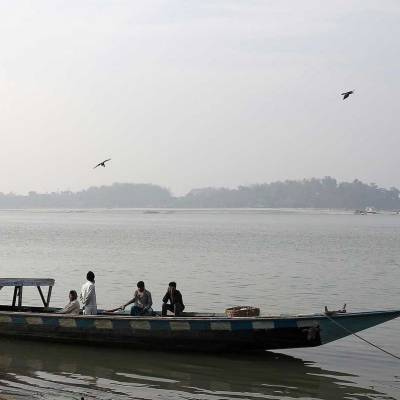

Concerns about China's 60,000 MW hydropower project in Medog, Tibet, have reportedly led to the "redesign" of the 11,000 MW hydropower project on the Brahmaputra in the Upper Siang district of Arunachal Pradesh. The Indian project's design now includes a "buffer storage" of 9 billion cu m of water during monsoon flow, according to reports. This could protect against sudden releases or serve as a reserve for water that normally comes from the Brahmaputra. The move is being interpreted as a preventative measure to safeguard India's water resources in the event of Chinese mishaps in the Brahmaputra.
In 2017, Beijing stopped sharing data on the Sutlej and Brahmaputra rivers because the flood had destroyed the hydrological gathering sites, despite growing tensions between China and India. Only in March 2018 was the sharing of data resumed. The Brahmaputra, also known as the Yarlung Tsangpo in China, is a transboundary river that runs 1,700 km within Tibet, 920 km through Arunachal Pradesh and Assam, and 260 km through Bangladesh.
It is responsible for 40 per cent of India's hydropower potential and nearly 30 per cent of the country's freshwater resources. Assam and Arunachal Pradesh's agricultural industries may suffer if its flow is diverted. According to sources, the concern is that China's proposed 60,000 MW dam in Medog could either reduce the natural flow of water from the Brahmaputra away from India during dry periods or worse, be used to cause "artificial floods," which are a concern for India. China's hydroelectric projects on the Brahmaputra are a source of concern for Bangladesh, one of India's too. Bangladeshi officials too have voiced concerns regarding the potential economic and environmental effects of the hydro projects on the Brahmaputra.